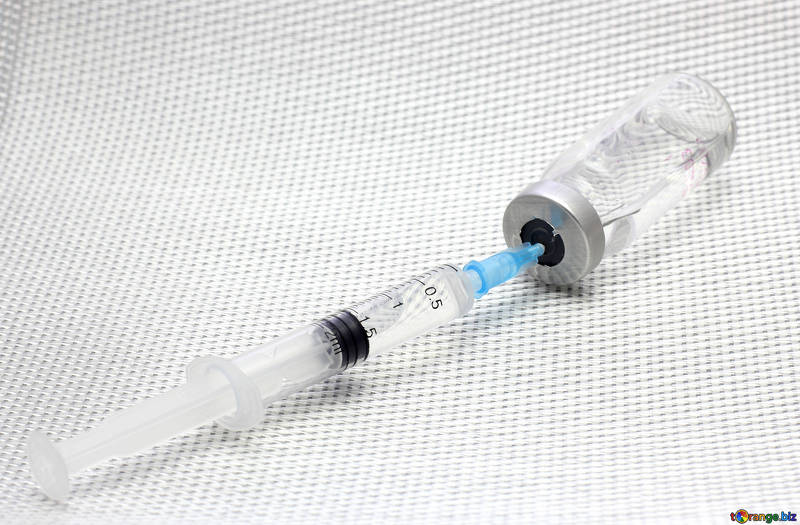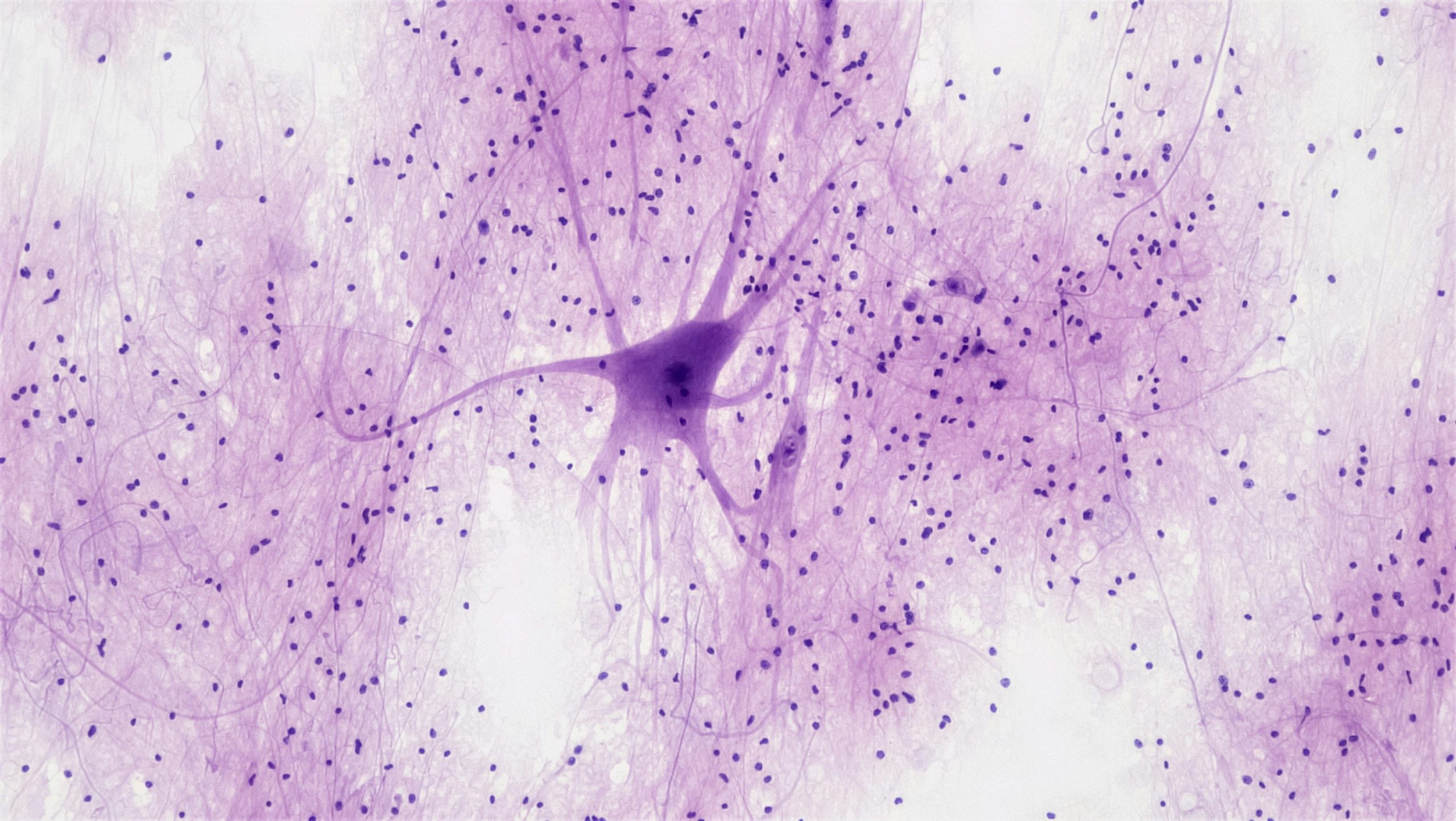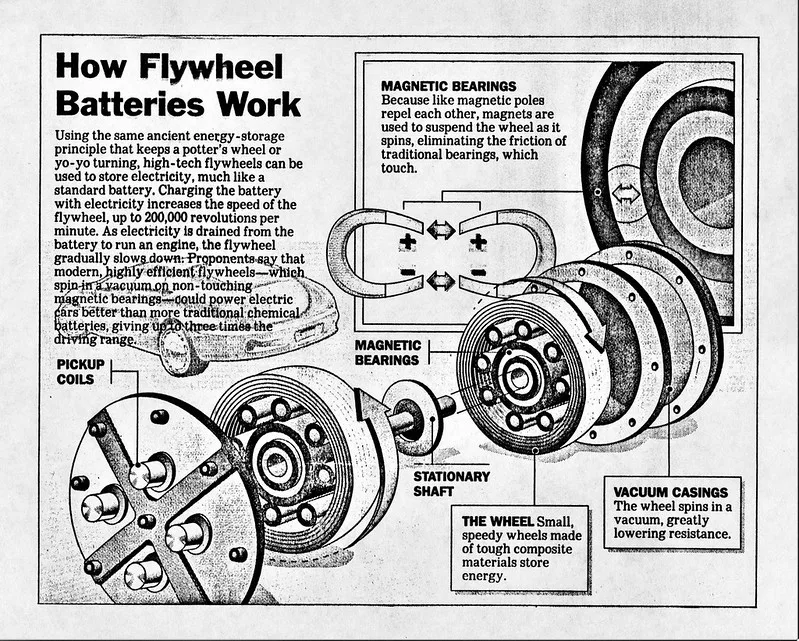By Zain Ali, Year 11, King Edward VI Aston School, West Midlands
It is flowing through you as you read this. Composed of red blood cells, white blood cells, platelets and plasma, blood is arguably the most important tissue in the human body. Throughout history, an uncountable amount of people have died because they bled out as doctors tried to stop the haemorrhage in the operating room or on the battle field. Imagine yourself in this scenario: you have accidentally lacerated your radial artery and now blood is pouring out of you like someone has opened a tap. Every time your ventricle contracts, blood is squirted up to 5 metres in front of you. There is very little you can do about this situation except holding pressure. That is until Joseph Landolina thought about the problem.
Landolina invented VetiGel, an algae-based polymer when he was just 17 years old. He entered a business competition at this age and was up against graduate students and university professors. Being the only undergraduate student who had entered, no one would have expected Landolina to come second but his courage and determination lead him to an outstanding achievement. Joseph Landolina had created an earlier version of this gel when he was in high-school, in his grandfather’s lab.
VetiGel is surprisingly simple in the way it works. Rather than working against the body, the gel works with the body. Your body’s cells sit in a mesh called the extracellular matrix (ECM) made of complex fibres, proteins and sugars. The ECM is different in every part of your body, even within the same organ. The ECM is responsible for all the stages of wound healing in your body (haemostasis phase, inflammatory phase, proliferative phase and the maturation phrase).
Joseph Landolina discovered that you can use small pieces of plant derived polymers and reassemble them onto the wound. This stops the haemorrhage almost instantly. The process that happens within an incredibly short amount of time is this:
1. The VetiGel is placed upon the laceration
2. The gel begins to form a matrix and the body recognises this matrix
3. The matrix instantly forms a seal over the laceration
4. The gel then activates the body’s coagulation system (composed of cells and proteins) that then forms a stronger clot over the wound
5. The gel can then be removed or kept in place so that the tissue surrounding the wound heals faster.
Once Landolina had developed this gel, he tested this product on a rat by had its carotid arteries sliced. A cut to the carotid arteries could continue for several minutes and in humans, can result in hypovolemic shock, where 20% or more of your blood / bodily fluid has been lost. This would mean that your heart cannot pump blood effectively around the body, leading to damage to your kidneys and other vital organs. When Landolina applied the gel over the site of haemorrhaging, it stopped almost instantly. The gel forms a clot within 12 seconds and the wound is completely healed within minutes.
Today, VetiGel is being used by veterinarians to treat animals that have been injured severely. This would have been extremely difficult before. Landolina hopes that in the near future, VetiGel will be in almost every house, in a soldier’s belt and in every operating room. A product that can successfully stop a severe haemorrhage within 12 seconds is a product that will successfully save lives.
It was because of Landolina’s vision that VetiGel is possible today. He went and worked hard, fought against the odds and continued to work to achieve his aim when hope was lost. It is because of Landolina’s vision that the lives of many animals are saved today. Hopefully, it will be because of Landolina’s vision that we no longer have to make a chaotic visit to the hospital every time we are severely cut.





